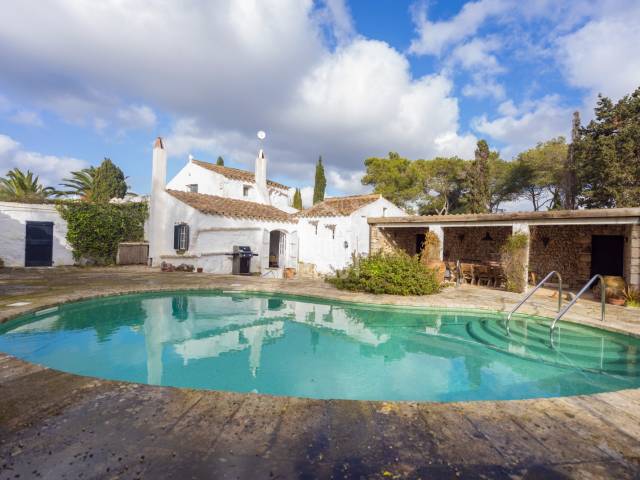Ref. 92196
Immobilien nicht im Web verfügbar
Einige Vorschläge:
Nestled in an exclusive and secluded location, this stunning traditional farmhouse offers a rare blend of privacy, character, and modern comfort. Set within over 1,500m² of beautifully kept grounds,...












Diese charmante Reihenhausvilla befindet sich in einer ruhigen Urbanisation in der Nähe von Fornells und ist der perfekte Rückzugsort für das ganze Jahr. Mit atemberaubendem Meerblick hebt sich diese...







What an apartment! This home, built at the end of the nineties, measures over 150m² and offers everything one could wish for. Starting with the location - sitting over the mouth of the harbour, with a...






- Residence bis Kaufen in Menorca
- Appartment/wohnung bis Kaufen in Menorca
- Haus bis Kaufen in Menorca
- Residence bis Kaufen in Sant Lluis (Town), Menorca
- Residence bis Kaufen in Sant Lluis, Menorca
- Appartment/wohnung bis Kaufen in Sant Lluis (Town), Menorca
- Appartment/wohnung bis Kaufen in Sant Lluis, Menorca
- Haus bis Kaufen in Sant Lluis (Town), Menorca
- Haus bis Kaufen in Sant Lluis, Menorca




